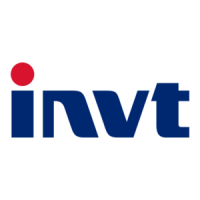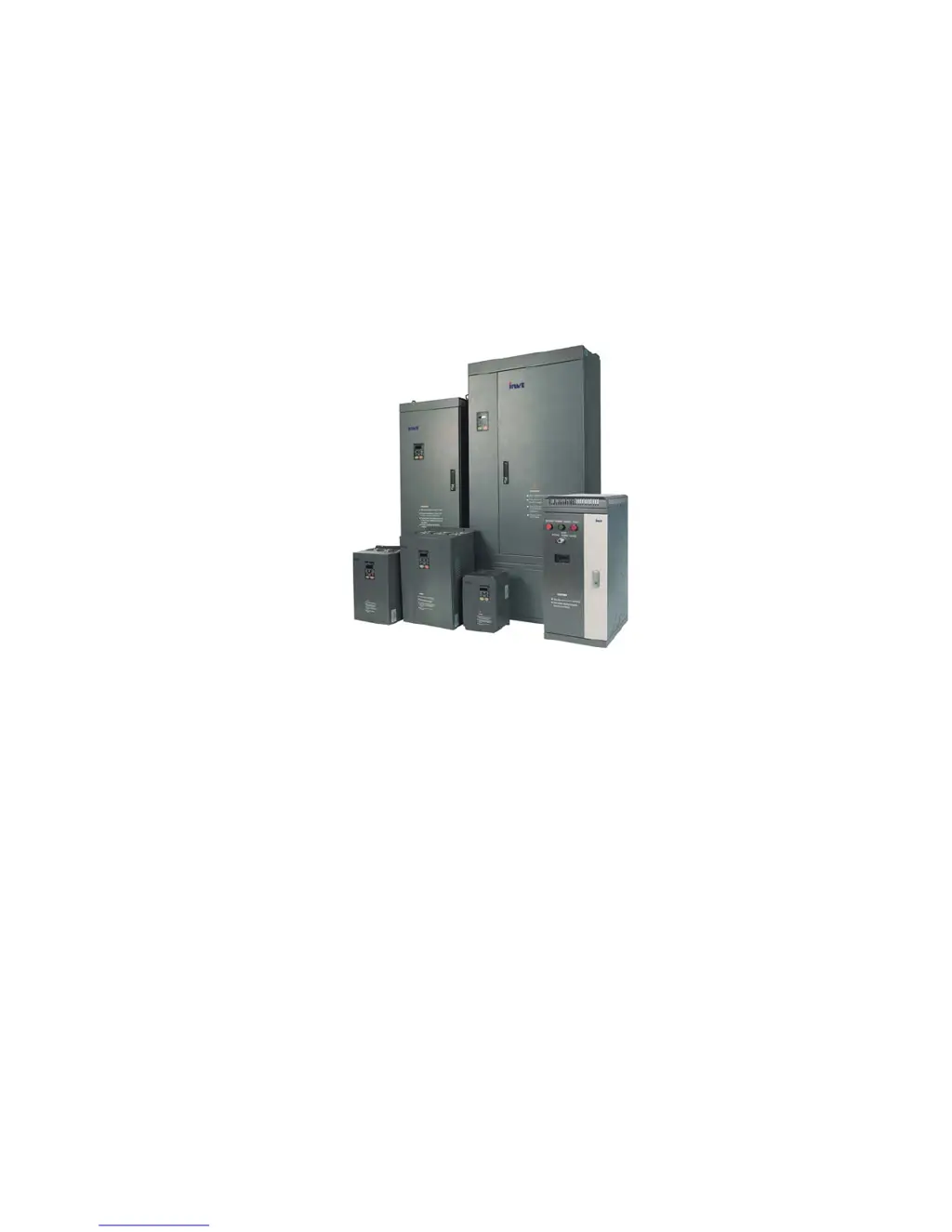What does external fault mean on INVT CHE100-1R5G-4 DC Drives?
- LLaura MosesSep 8, 2025
If the INVT DC Drive displays an external fault, it means the external fault input terminal is active. Inspect the external equipment.

What does external fault mean on INVT CHE100-1R5G-4 DC Drives?
If the INVT DC Drive displays an external fault, it means the external fault input terminal is active. Inspect the external equipment.
What causes current detection fault in INVT CHE100-1R5G-4?
If the INVT DC Drive displays a current detection fault, it could be due to loose wires or connectors on the control board, a damaged Hall sensor, or an abnormal amplifying circuit. Check the wiring.
How to fix autotuning fault in INVT DC Drives?
If the INVT DC Drive displays an autotuning fault, it could be due to improper settings of the motor's rated parameters or the autotuning process timing out. Set the rated parameters according to the motor nameplate and check the motor’s wiring.
What does EEPROM fault mean in INVT DC Drives?
If the INVT DC Drive displays an EEPROM fault, it indicates a read/write fault of control parameters. Press STOP/RESET to reset.
What causes PID feedback fault in INVT DC Drives?
If the INVT DC Drive displays a PID feedback fault, it could be due to a disconnected PID feedback or a disappearing PID feedback source. Inspect the PID feedback signal wire and the PID feedback source.
How to troubleshoot brake unit fault in INVT CHE100-1R5G-4?
If the INVT DC Drive shows a brake unit fault, it could be due to braking circuit failure, a damaged brake tube, or too low resistance of the externally connected braking resistor. Inspect the braking unit and replace the braking tube if necessary. Increase the braking resistance.
| Power | 1.5 kW |
|---|---|
| Output Voltage | 0-380V AC |
| Protection Level | IP20 |
| Input Voltage | 380V AC |
| Control Mode | V/F control |
| Protection Features | Overcurrent, Overvoltage, Undervoltage, Overload, Overtemperature, Short circuit |
Key technical specifications and capabilities including input/output, I/O features, and main control functions.
Details the layout and function of the main and control circuit terminals on the inverter.
Presents a comprehensive wiring diagram showing inverter connections to power, motor, and other components.
Covers fundamental settings like control mode selection, run command source, and frequency settings.
Explains the input and configuration of motor nameplate parameters essential for optimal inverter performance.
Describes parameters for vector control, including ASR proportional gain and integral time settings.
Covers motor overload protection, over-voltage stall, and current limiting functions for safety.
Lists common fault codes, their reasons, and corresponding solutions for diagnosing inverter issues.
Provides solutions for frequently encountered operational faults and malfunctions like no display or power supply issues.
Lists parameters for configuring motor properties, essential for autotuning and performance.
Lists parameters specific to vector control mode, including PID gains and switching points.
